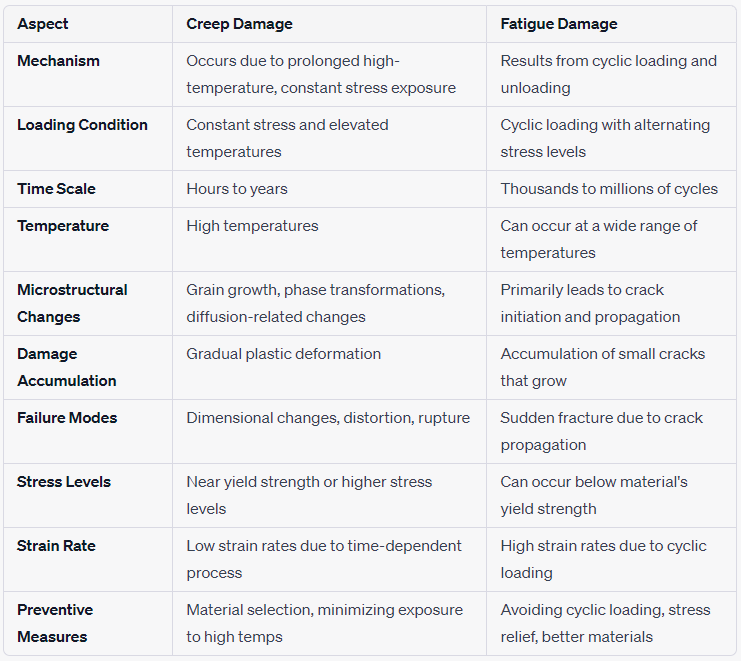The Dead Leg That Led to Disaster: Lessons Learned from a Catastrophic Explosion
- matintegrity
- Jul 19, 2023
- 3 min read
In the world of petrochemical manufacturing, safety is paramount. Unfortunately, the lack of attention to a potential hazard can lead to catastrophic consequences. This was the case for TPC, a company with multiple facilities along the Gulf Coast of Texas and Louisiana. On August 4th, 2019, at TPC's Port Neches plant, a seemingly routine operation triggered a series of events that resulted in a devastating explosion. This incident serves as a stark reminder of the critical importance of identifying and mitigating potential hazards in the process industry.
TPC's primary focus was on producing butadiene, a highly reactive chemical used as a building block in the production of various products, particularly synthetic rubber. When not managed properly, butadiene can pose serious hazards, including the formation of a solid substance known as popcorn polymer. This popcorn polymer can accumulate and grow inside process equipment, leading to dangerous pressure buildup and eventual rupture.
At the heart of the disaster was a dead leg, an area of piping that remained open to the process but lacked any material flowing through it.
A worker shut down a primary pump as part of a routine operation, and when they tried to restart it, the pump failed to operate. Consequently, a spare pump was used to continue operations, leaving the primary pump out of service and creating the dead leg.
Over the course of 114 days, popcorn polymer began to form and accumulate within the dead leg. Tragically, no one at TPC recognized the hazard created by this dead leg. On November 27th, 2019, at 12:54 am, excessive popcorn polymer buildup caused the dead leg piping to rupture, releasing approximately six thousand gallons of butadiene and creating a flammable vapor cloud. The cloud quickly found an ignition source and exploded, causing extensive damage to the facility, injuring several employees and a contractor, and affecting nearby homes and buildings.
An investigation by the Chemical Safety Board (CSB) revealed four key safety issues that contributed to the incident:
Dead Leg Identification and Control: TPC had an operating procedure in place to minimize popcorn polymer formation, but it did not account for the potential formation of a dead leg when the primary pump was out of service for an extended period. As a result, dangerous levels of popcorn polymer were allowed to accumulate, eventually leading to the explosion.
Process Hazard Analysis: The failure to recognize the potential hazard of a dead leg forming when the primary pump was offline highlights the importance of comprehensive process hazard analyses. Proper risk assessments can help identify potential issues and implement suitable mitigation measures.
Action Item Implementation: Initially, the repair of the primary pump was considered urgent. Still, due to the existence of a spare pump, it was later reclassified as routine, resulting in the dead leg persisting for an extended period without appropriate action being taken to mitigate the hazard.
Remotely Operated Emergency Isolation Valves: The lack of these valves hindered efforts to isolate and contain the hazardous materials, leading to prolonged escape and subsequent fires.
Lessons Learned and Moving Forward
The tragic incident at TPC underscores the need for a robust safety culture in the process industry. Companies must prioritize process safety alongside operational goals, ensuring that potential hazards are identified, assessed, and mitigated effectively.
Comprehensive Risk Assessments: Companies should conduct thorough process hazard analyses, taking into account all potential scenarios, including the formation of dead legs and the risk of hazardous material accumulation.
Dead Leg Management: Operating procedures must include provisions for dead leg management when primary equipment is offline. This may involve regular circulation of material or the addition of inhibitors to prevent hazardous buildup.
Safety Over Operations: Operational decisions must never compromise safety. The temporary use of a spare pump should not overshadow the potential hazards posed by a dead leg.
Continuous Improvement: Regular reviews and updates of safety procedures are essential. Companies should learn from near-miss incidents and implement corrective measures to prevent similar accidents in the future.
In conclusion, the catastrophic explosion at TPC serves as a sombre reminder of the importance of process safety in the petrochemical industry. By addressing the lessons learned from this tragic event, companies can enhance safety practices, protect their workers and communities, and strive towards preventing such disasters from occurring in the future.
Watch the CSB video below for more information:






Comments